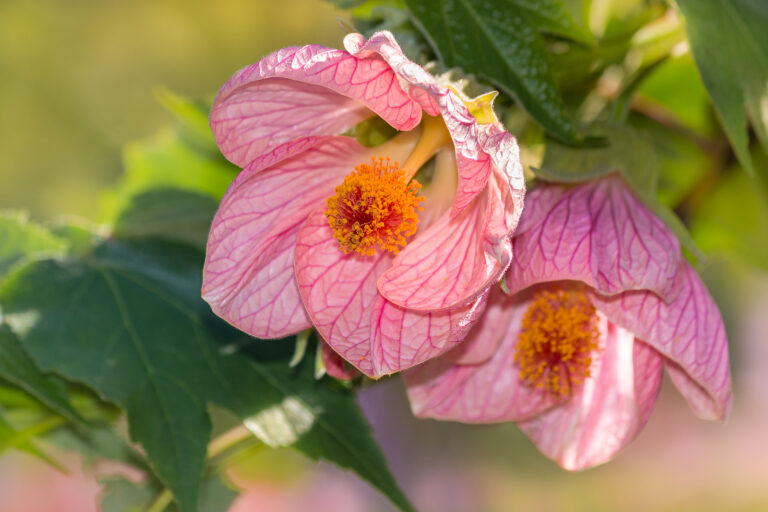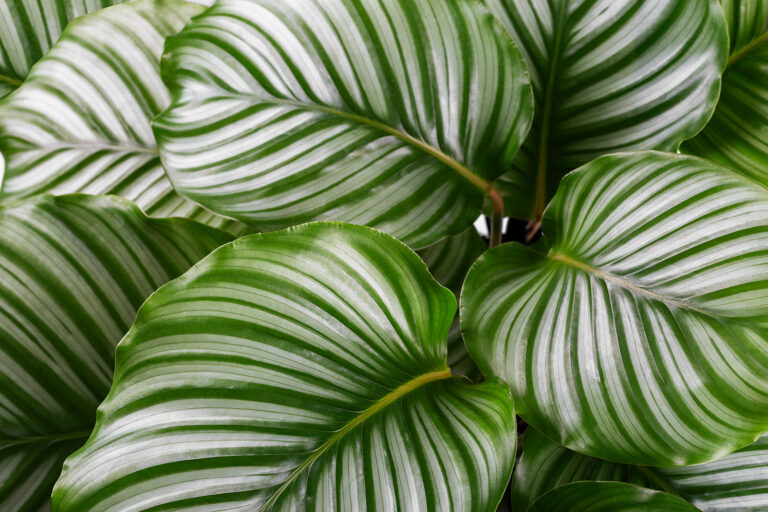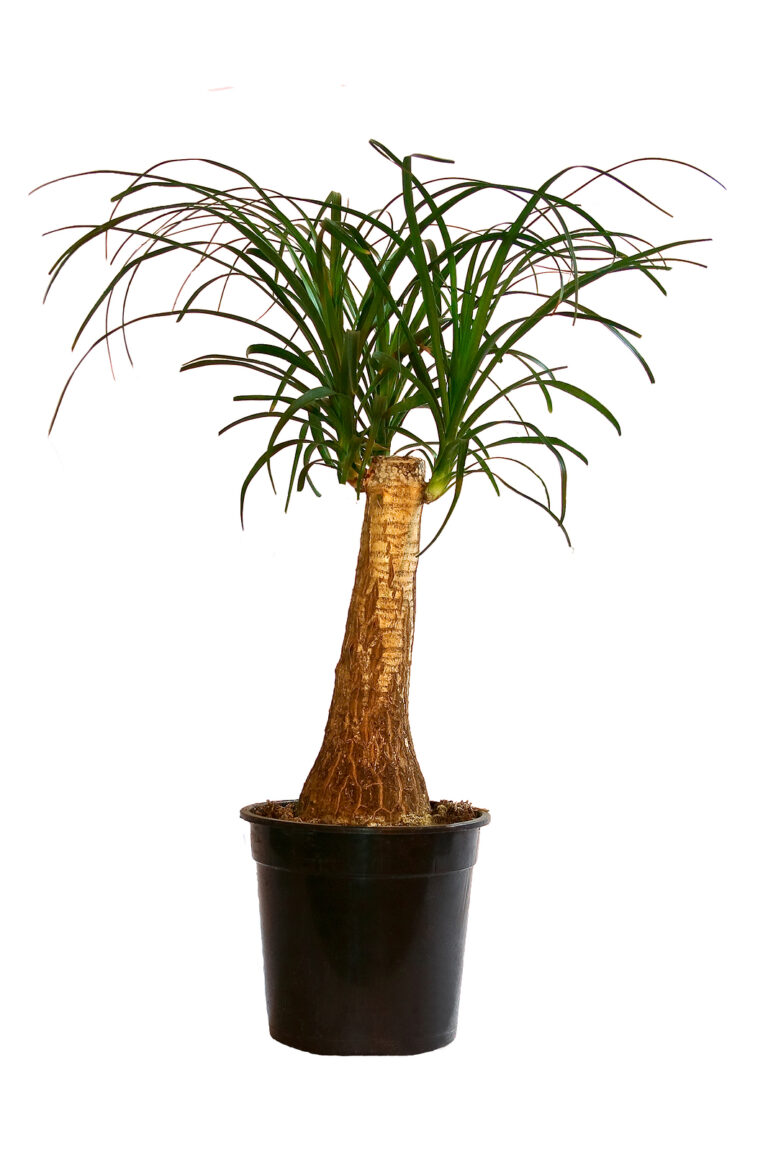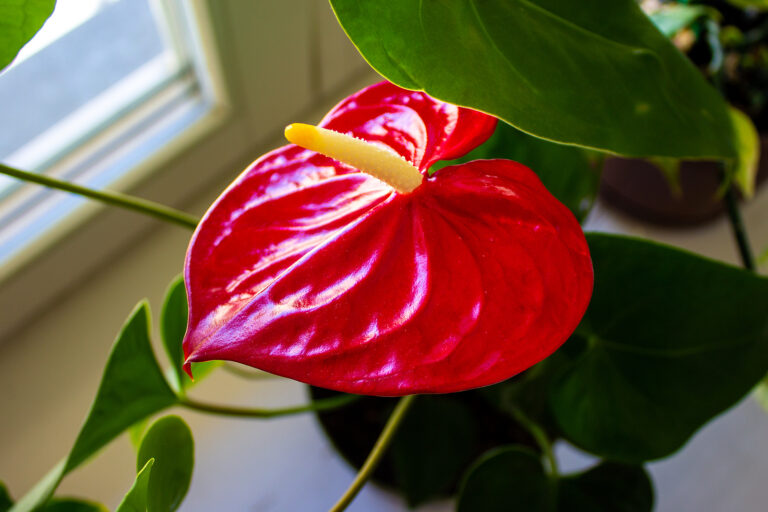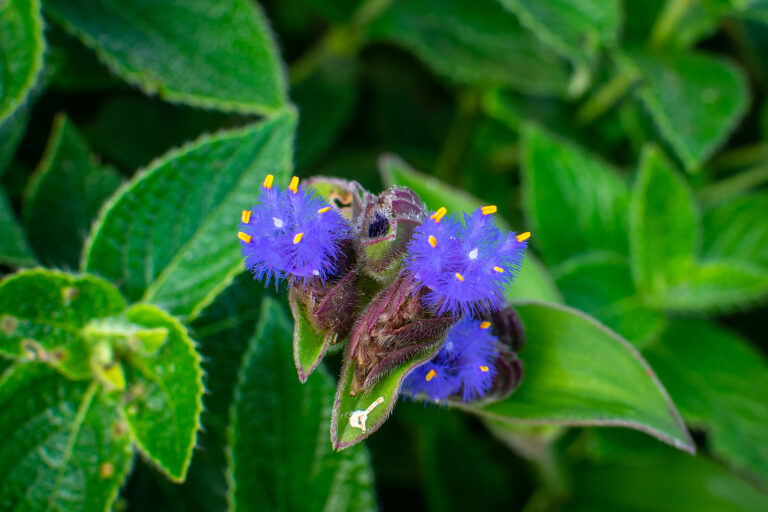How to Grow Cast-Iron Plant — Aspidistra
Aspidistra–commonly called the Cast-iron plant–is a good choice for tough growing situations. Broad dark green leaves are upright; they need minimal care apart from regular water.
Aspidistra has stiff, glossy, evergreen leaves. They can withstand heat, dust, poor soil, and dim light. The flowers are dark-colored and borne close to the ground where they are hidden by the foliage; they are not effective and usually not noticed.
Aspidistra is propagated by dividing the roots in early spring.
A variegated variety is occasionally seen, but the variegation rapidly disappears if the plant is given rich soil.
Get to know Aspidistra
- Plant type: Subtropical evergreen perennial
- Growing Zones and range: outdoors in 8-11
- Hardiness: Good choice for shady places
- Height and width: 24 to 36 inches (60-90cm) tall and wide
- Foliage: Upright growth habit; leaves grow to 30 inches (75cm) and 4 inches wide; dark green leaves
- Temperature: Best with an average temperature of 50°F (10°C)
- Flowers: Small, bell-shaped purple blooms form at the base of the plant
- Uses: Grow in the landscape in the South; grow as a groundcover beneath trees; grow in containers indoors
- Common name: Cast-Iron Plant
- Botanical name: Aspidistra elatior
- Family: Aspleniaceae
- Origin: The Himalayas, China, and Japan
Where to plant Aspidistra
- Aspidistra outdoors grows best in medium light and dislikes direct sun.
- Grow indoors in average indoor temperatures and average household humidity.
- Aspidistra adapt easily to poor soil. Plant in soil except one that is soggy and wet.
- Sandy soil enriched with organic matter.
Planting and spacing Aspidistra
- Aspidistra spread slowly into thick clumps of large, dark green leaves.
- Space Aspidistra 24 to 36 inches (60-90cm) apart.
How to water and feed Aspidistra
- Allow soil to dry slightly between waterings; dislikes constantly wet soil.
- Water when dry and temperatures are high.
- Fertilize with a balanced fertilizer in spring and again in summer.
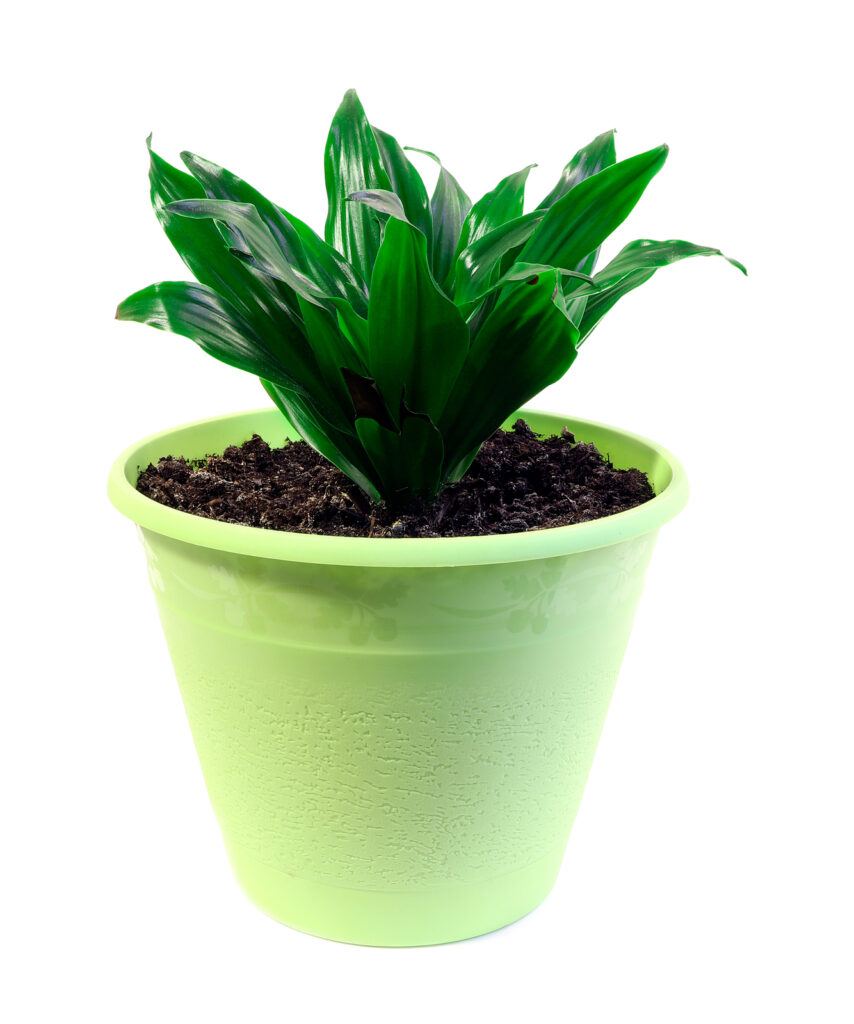
Aspidistra care
- Rinse or wipe off the plant’s broad leaves once a month or so with water.
Growing Aspidistra as a houseplant
- Aspidistra requires little care and can survive under adverse conditions.
- Aspidistra grows best in a cool temperature, medium humidity, and bright light, but can adapt to low light.
- Keep the soil relatively dry.
- Fertilize Aspidistra regularly in spring and summer.
Aspidistra common problems
- Too much sun and lack of moisture can turn leaves crispy brown on the edges.
- Spider mites occasionally attack the foliage; control pests by washing the leaves monthly with plain water
Aspidistra propagation
- Divide the roots in early spring and replant in fresh mix; plant two or three pieces together in each pot.
Aspidistra varieties to grow
- Aspidistra elatior, cast iron plant. Dark green leaves grow to 30 inche long and 4 inches across. Variegated cultivar is Aspidistra elatior ‘Variegata’, green leaves with creamy or white stripes.


